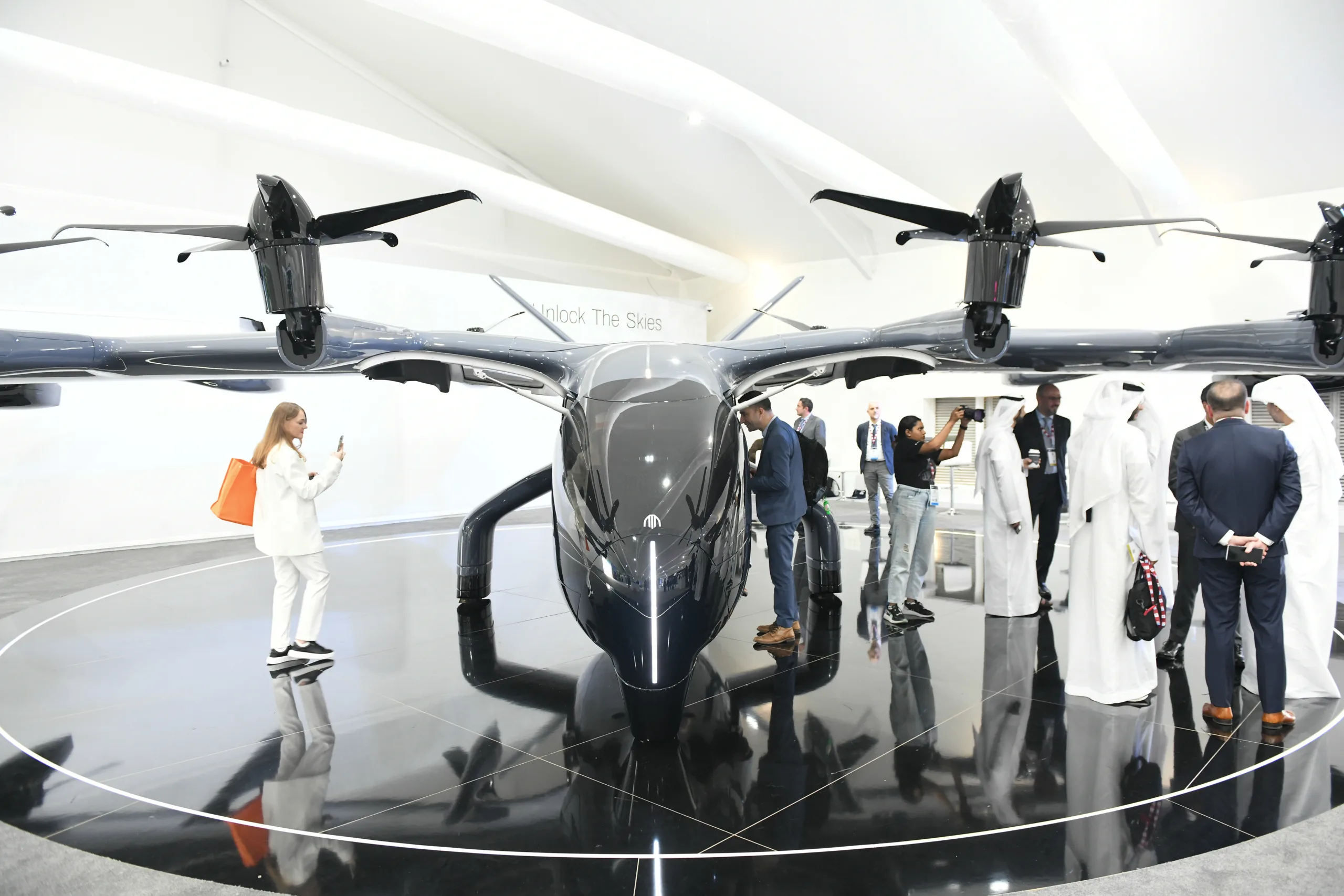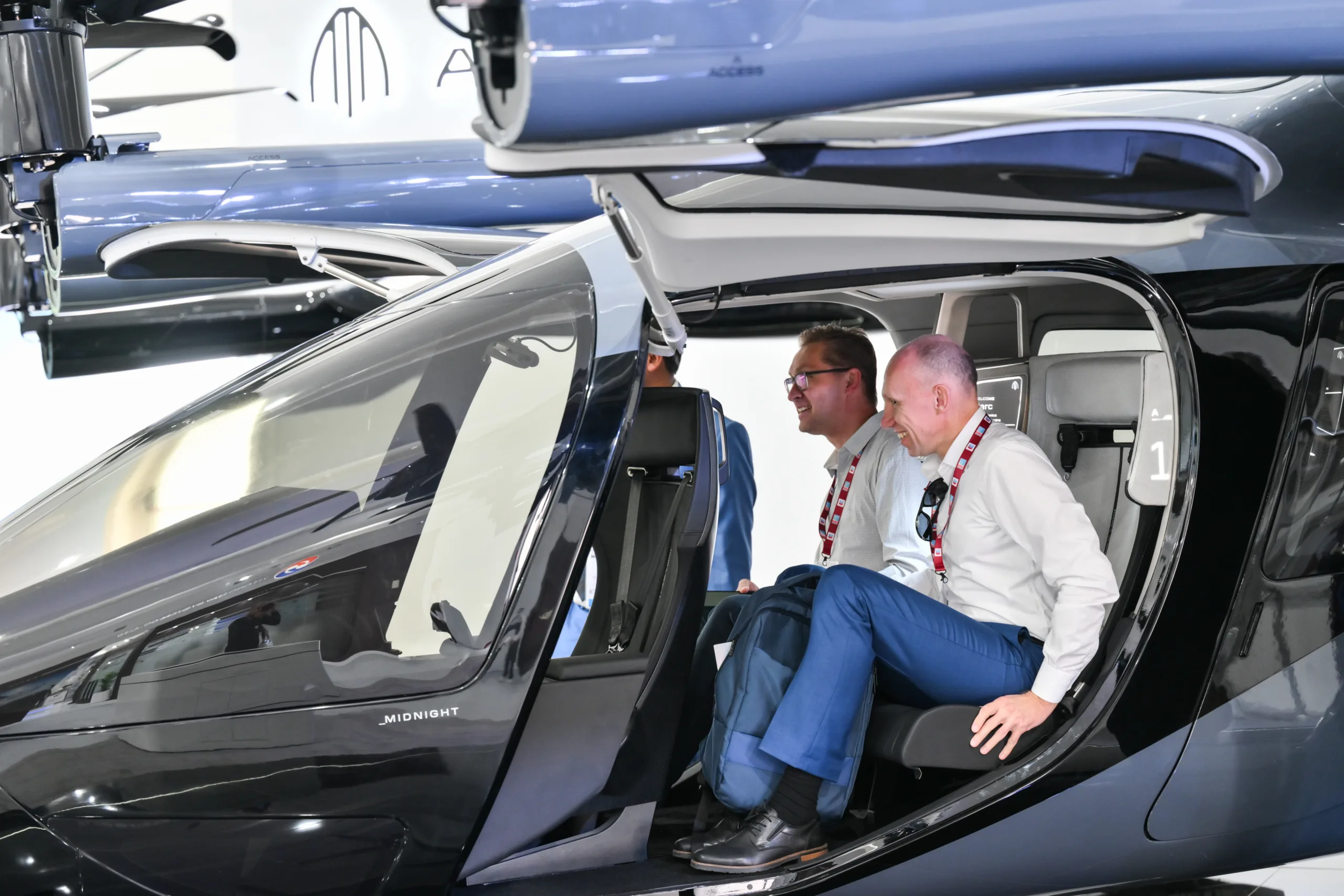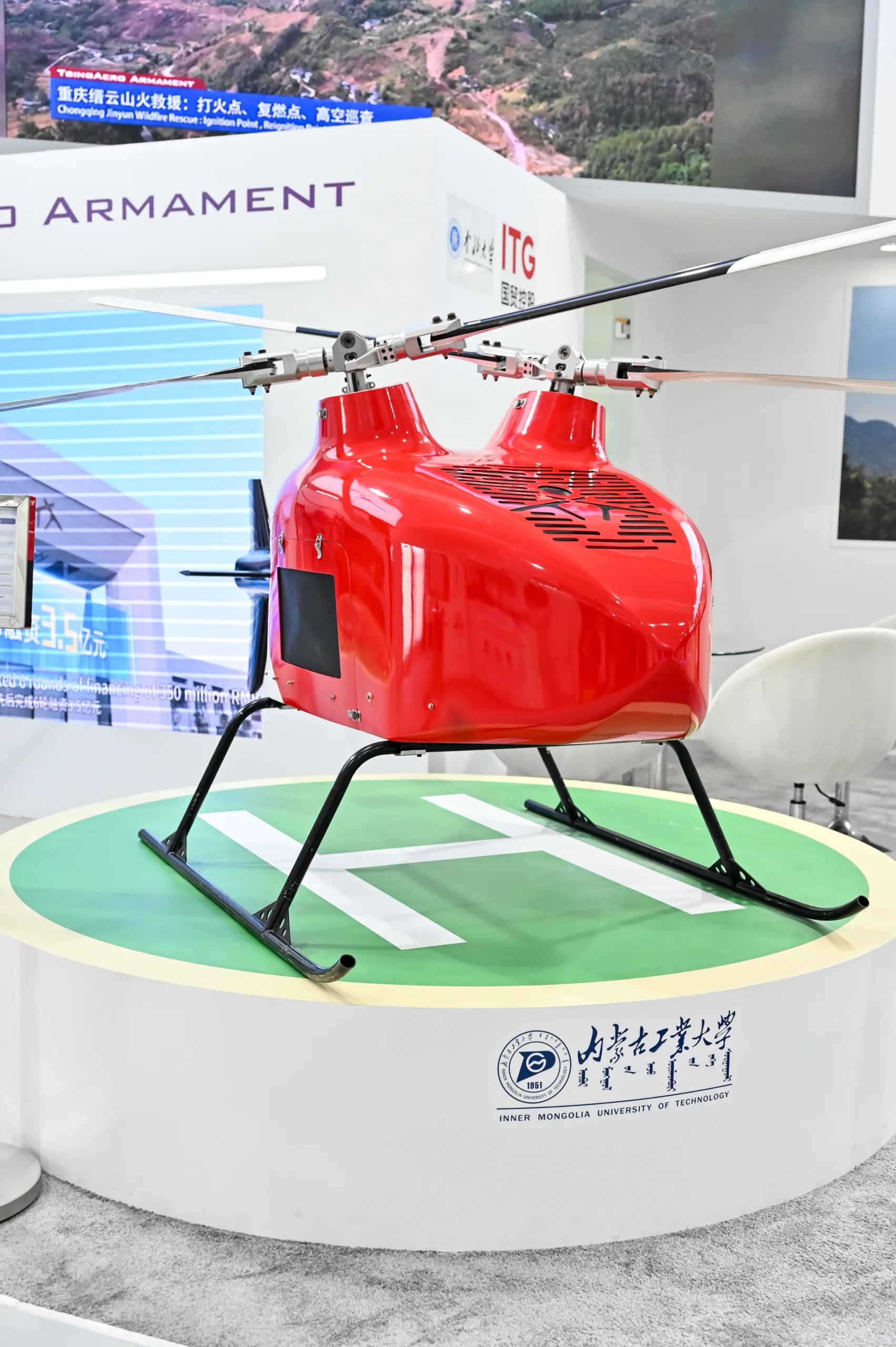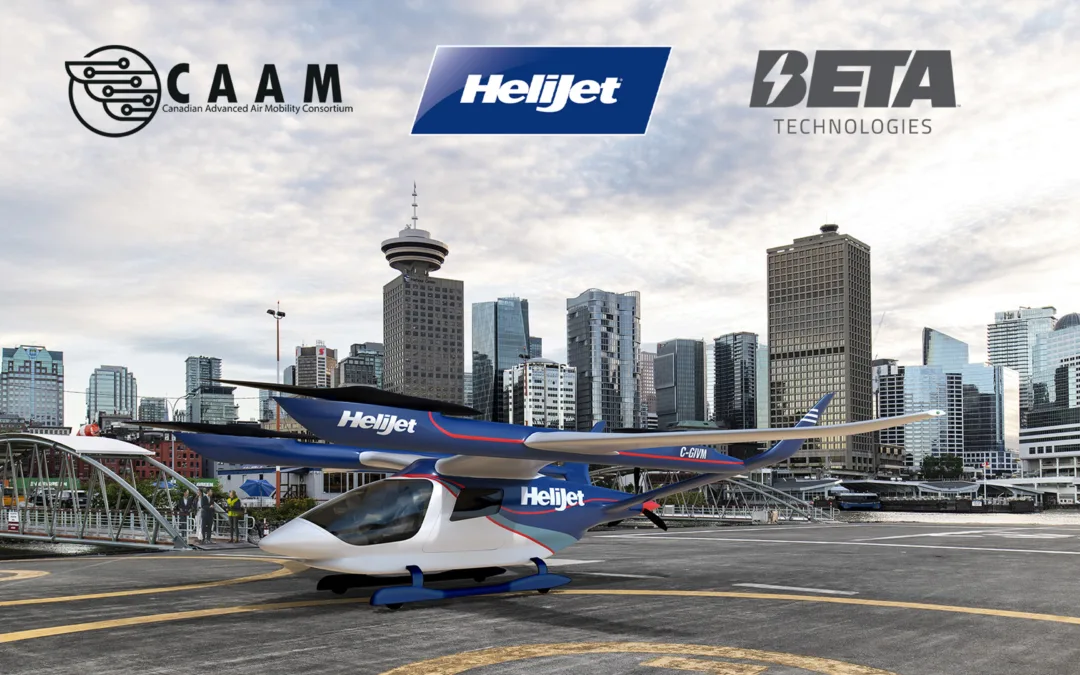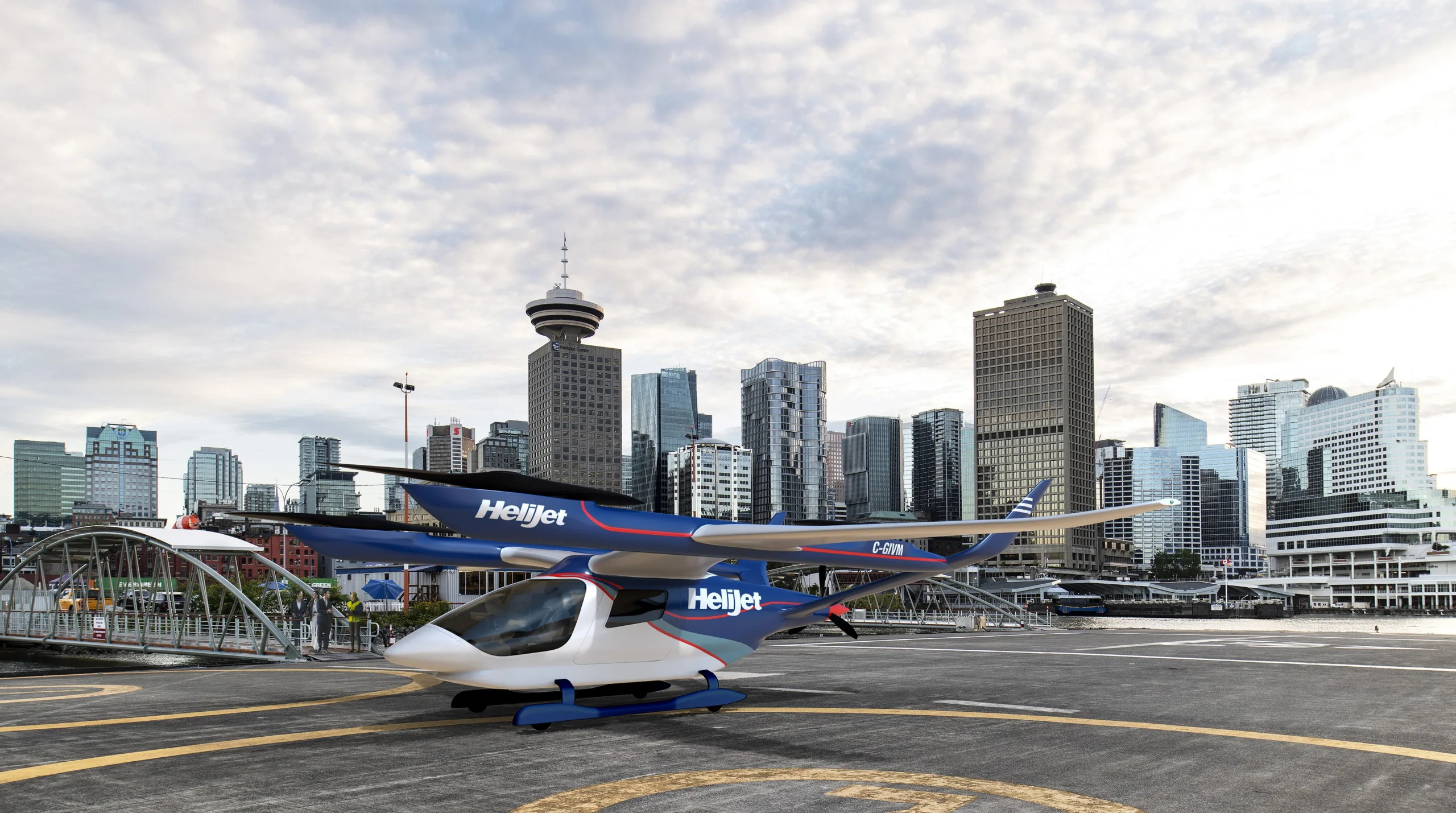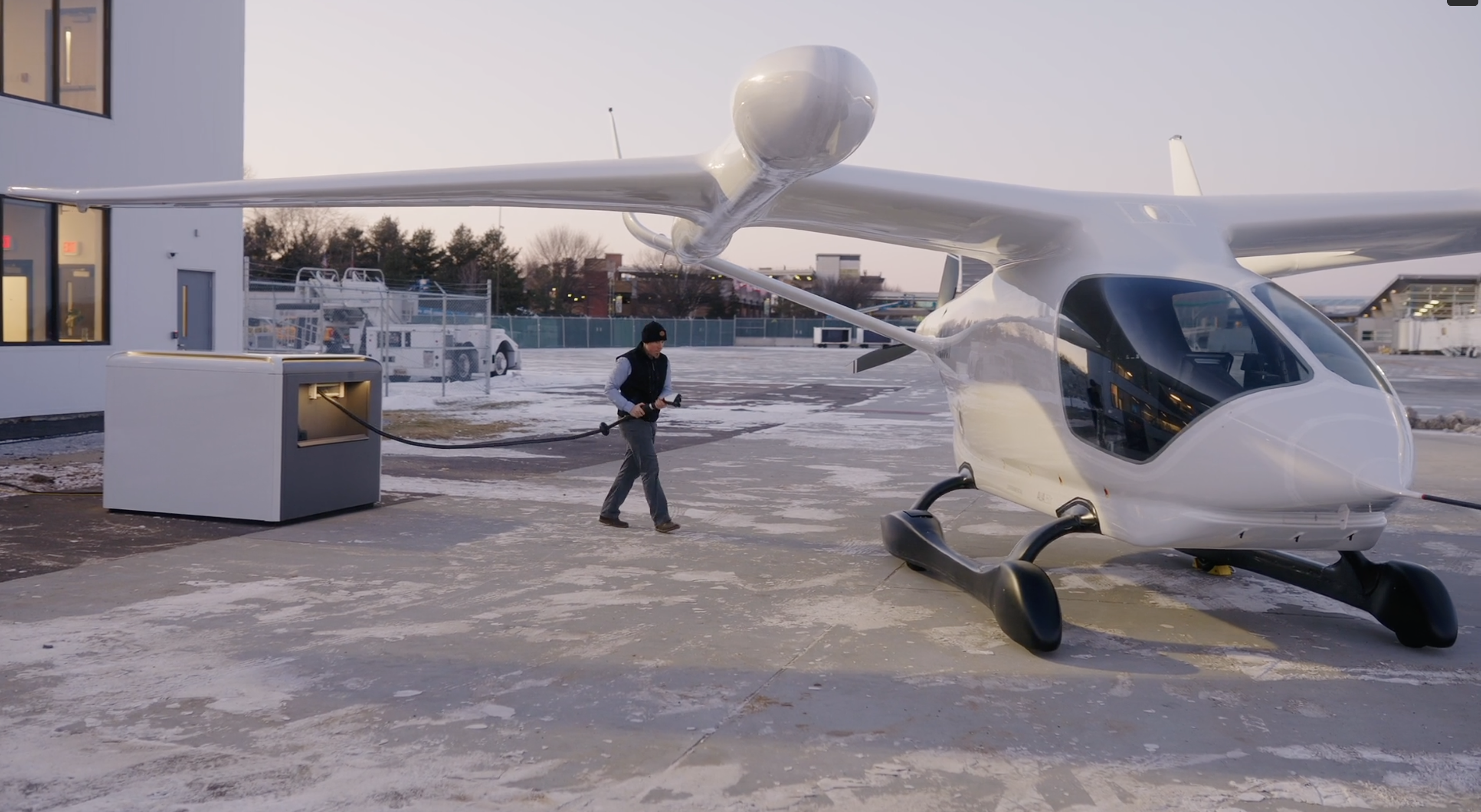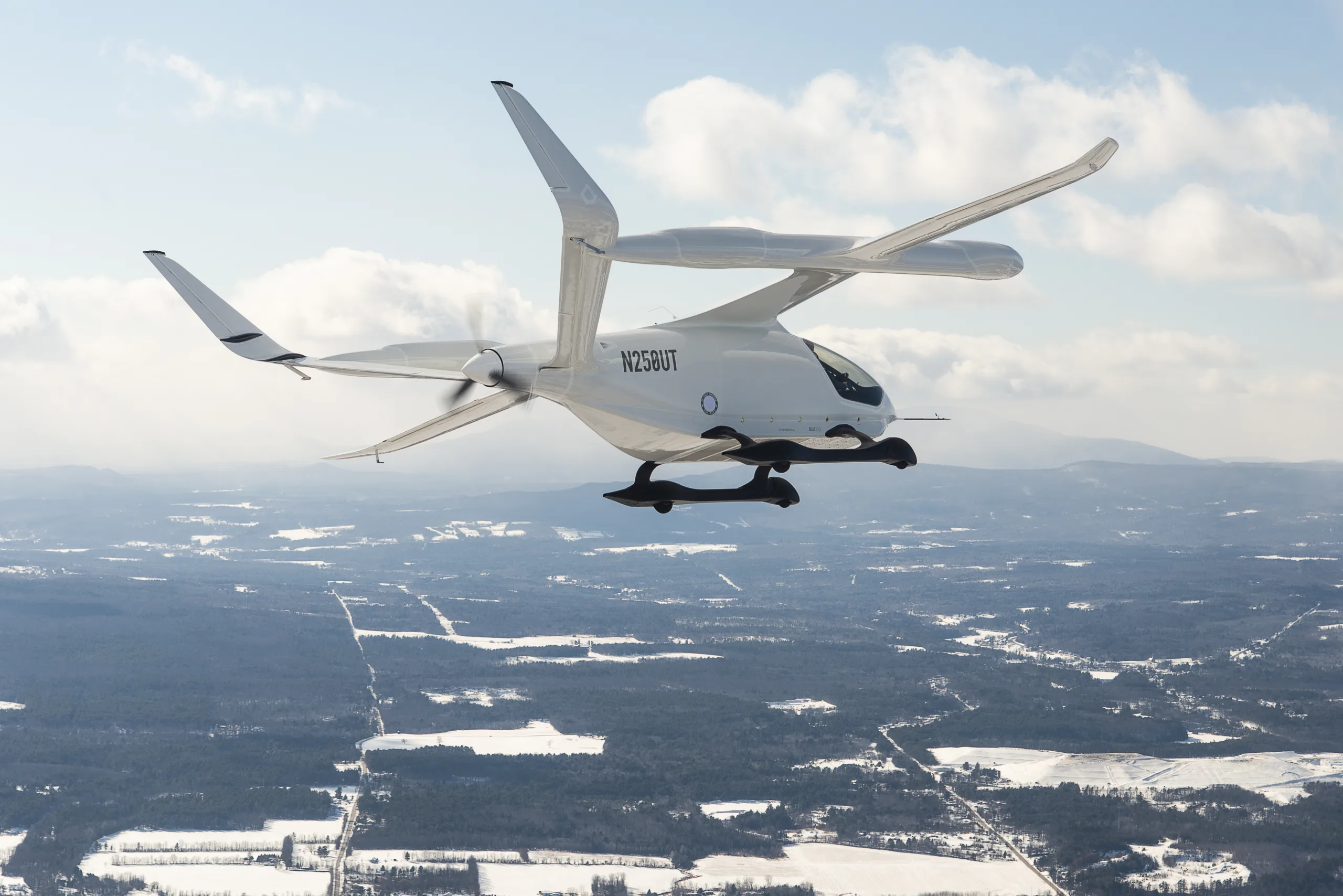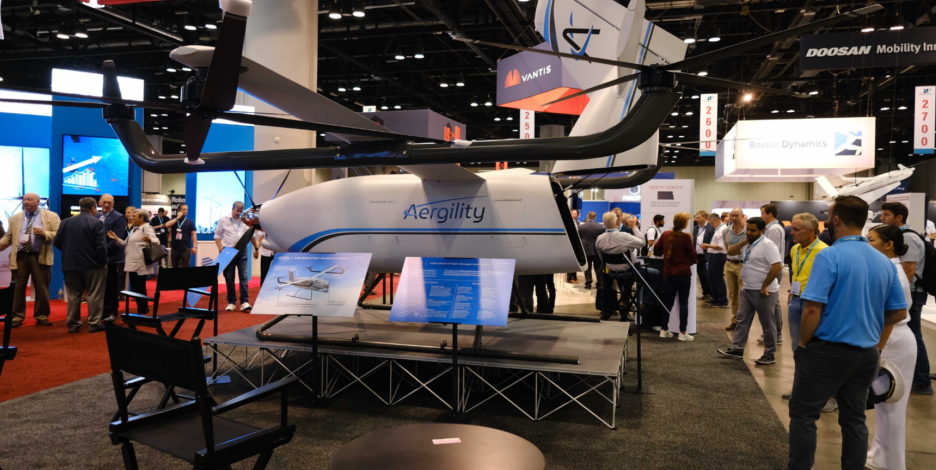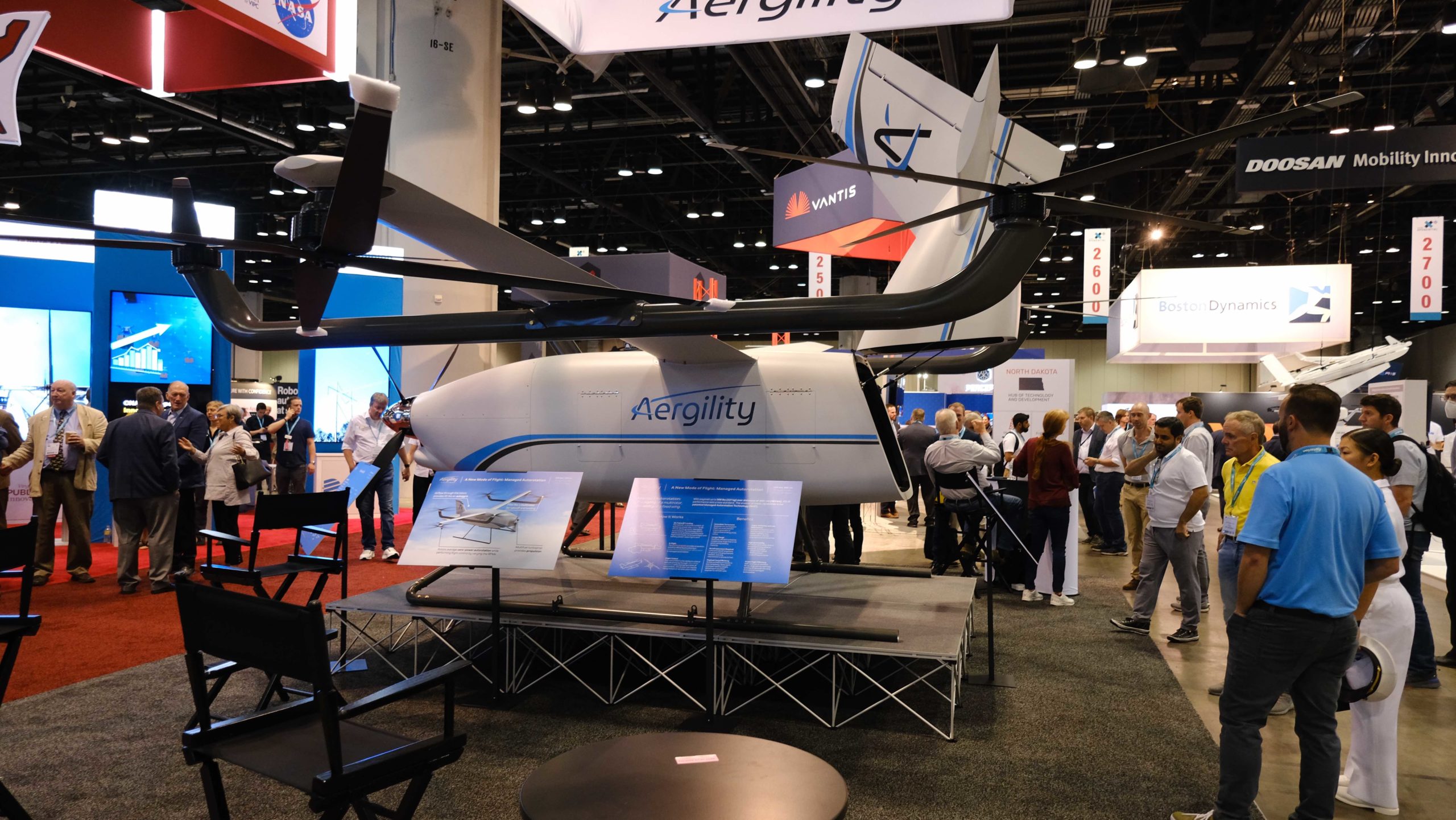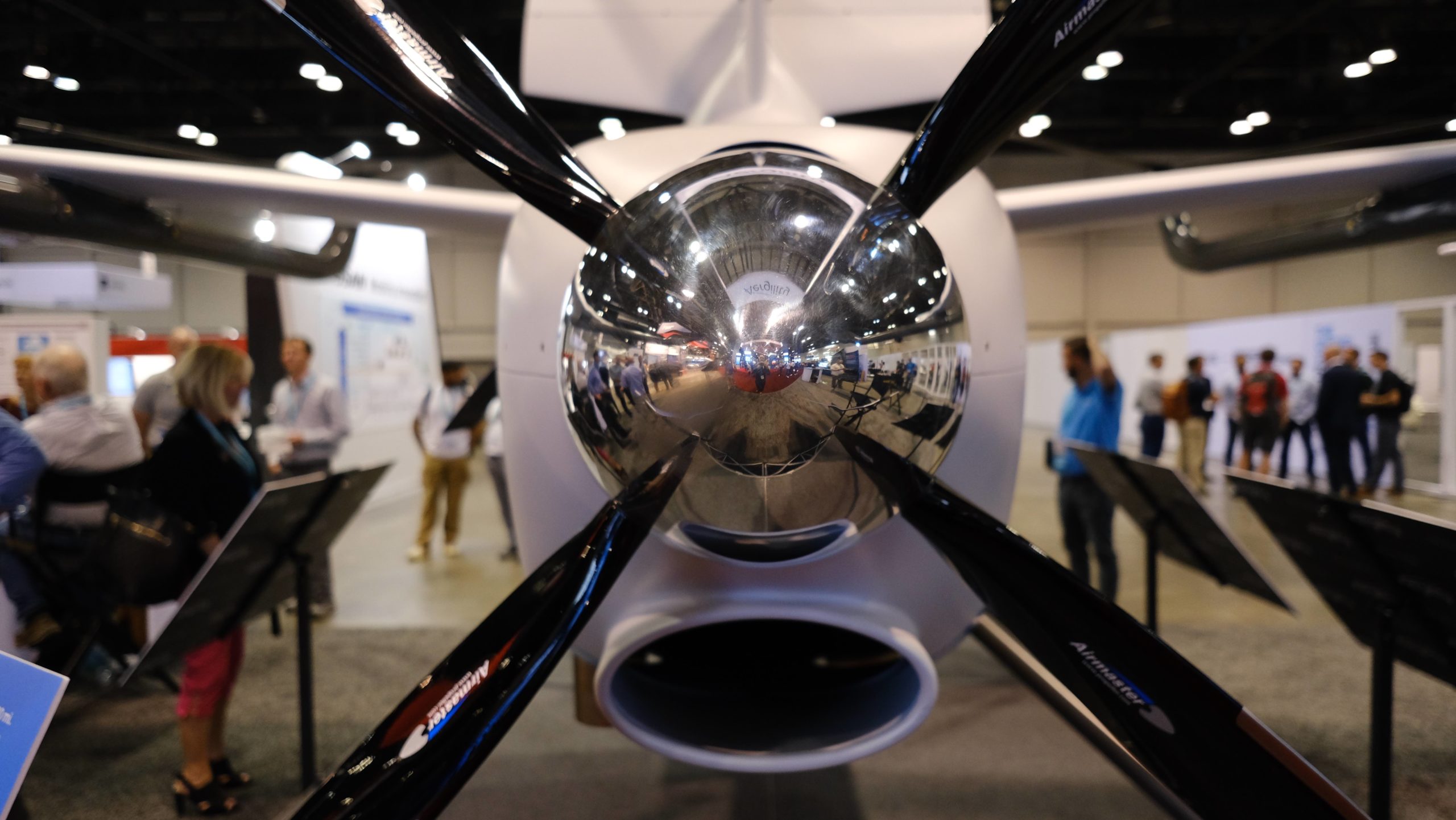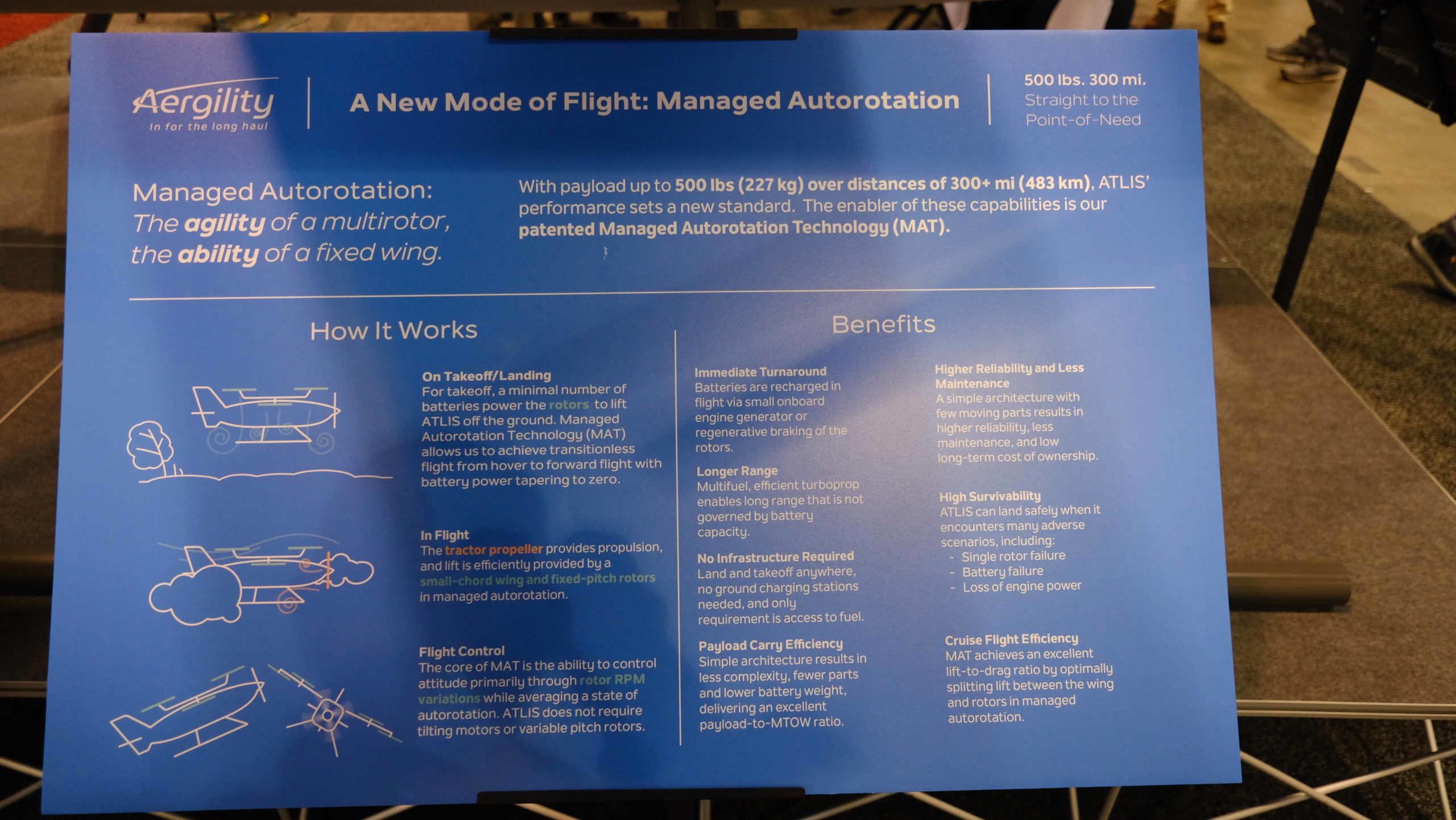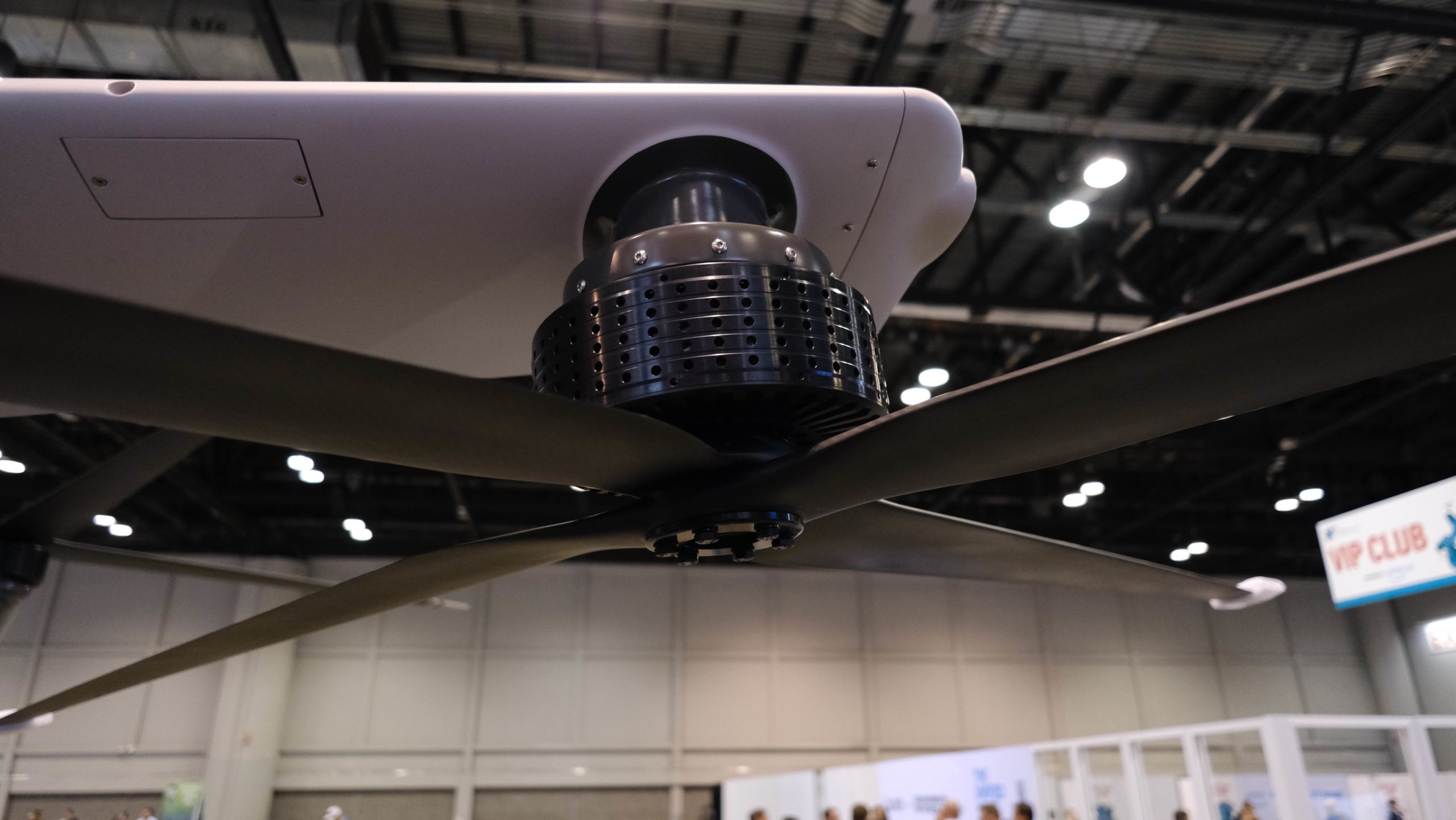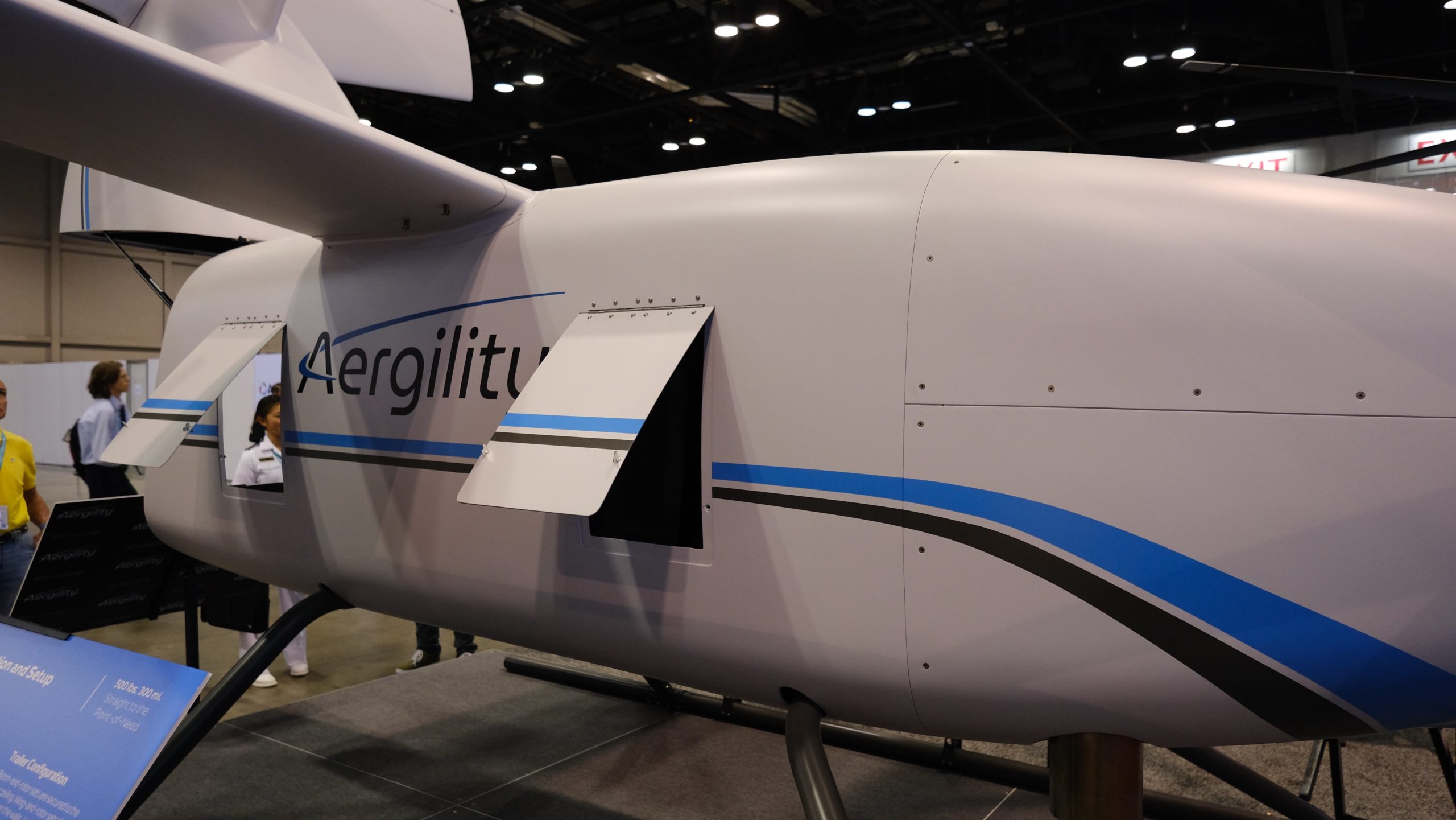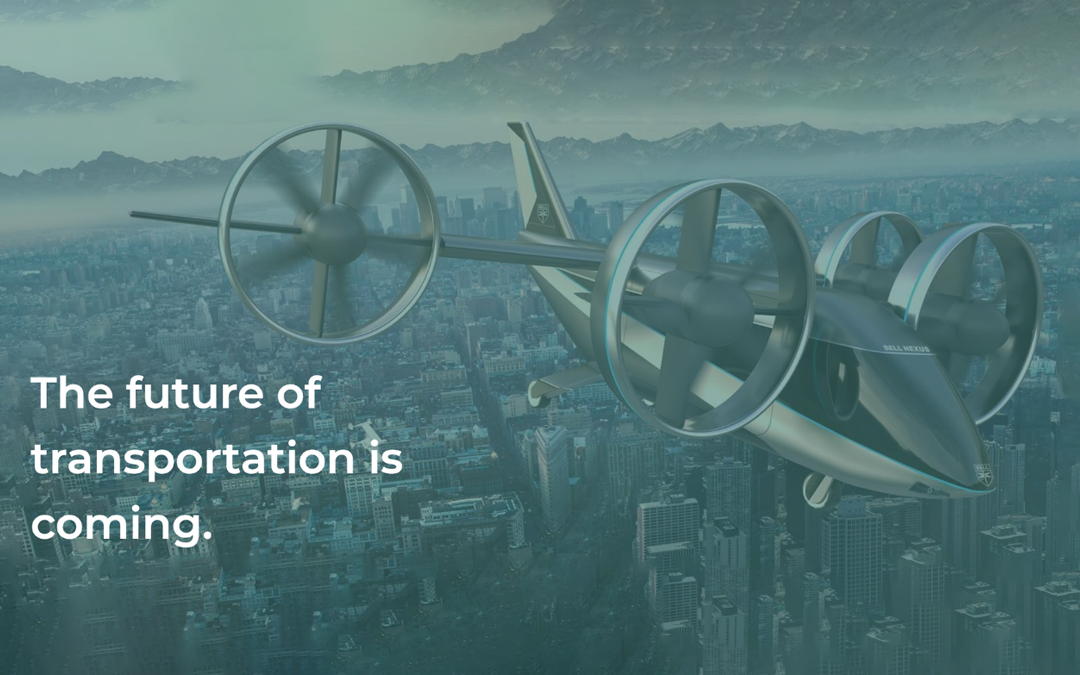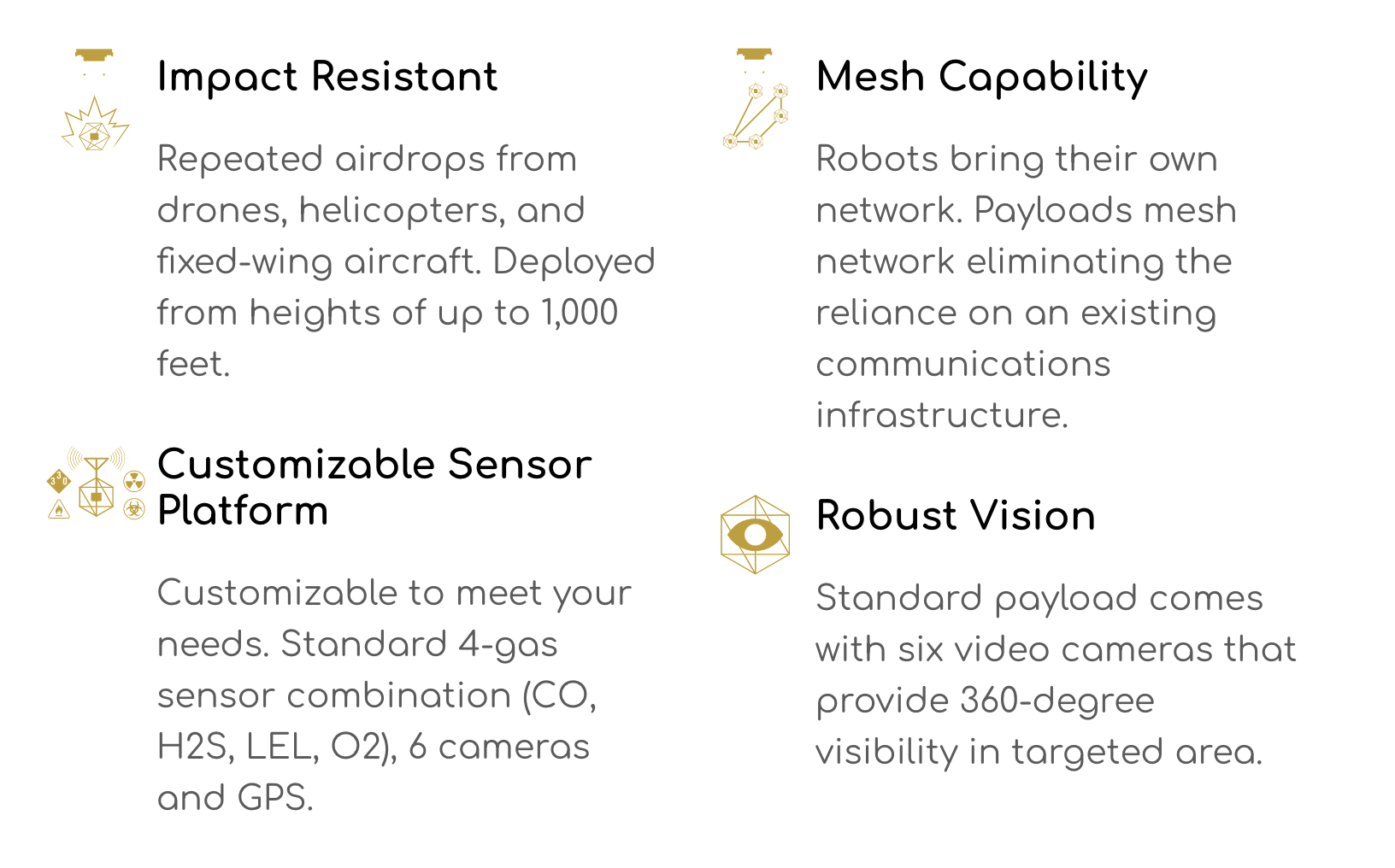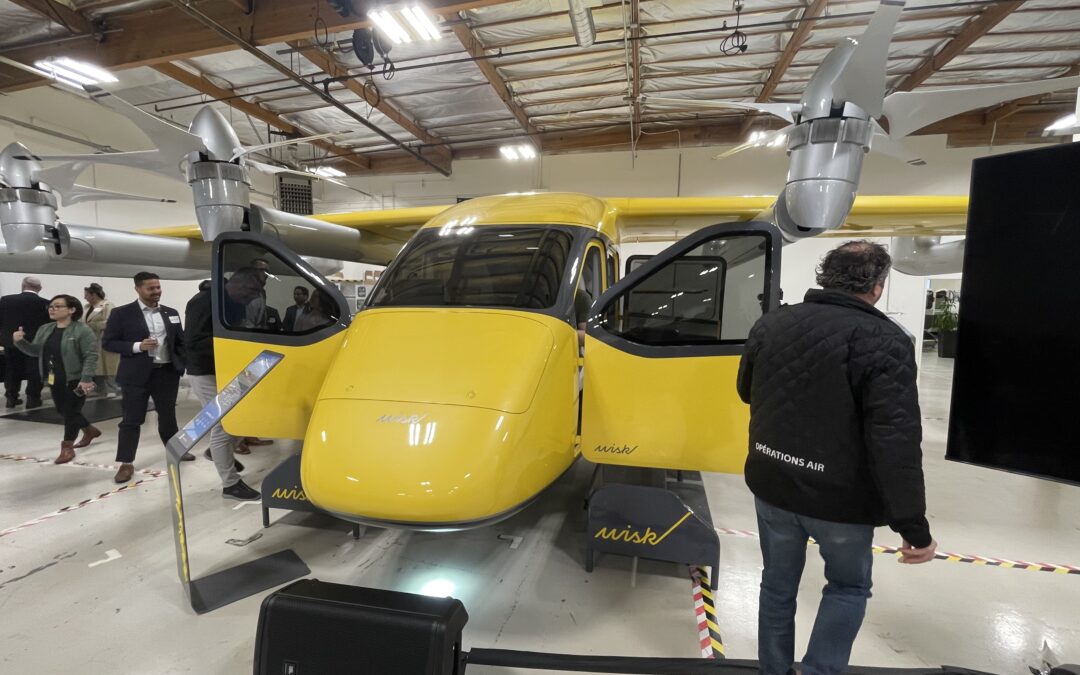
Wisk promises autonomous Advanced Air Mobility
By Scott Simmie
If you’ve been following our posts, you’ll know that InDro Robotics was part of a Canadian trade delegation that visited California last week. Some 40 organisations took part – including private companies, airports, academics, Transport Canada, NAV Canada and the National Research Council Canada. The trip was organised by Canadian Advanced Air Mobility (CAAM), the organization that speaks with a unified voice on behalf of industry and others with a vested stake in the coming world of AAM.
California was chosen because it’s home to three of the leading companies in the Advanced Air Mobility space: Joby, Archer and Wisk. It’s also home to the NASA Ames Research Center – which is working closely with industry on multiple technical issues as the world of AAM approaches. Last week, we shared highlights of our visits at Joby and Archer with this post (which we’d encourage you to read for context).
Today’s post? It’s all about Wisk, the final air taxi company the delegation visited. And its vision?
“Creating a future for air travel that elevates people, communities, and aviation.”
Unlike Joby and Archer – which plan to launch with piloted aircraft – Wisk differentiates itself with its “autonomous-first strategy.” That means, once it has attained all the necessary FAA certifications, the first passengers will climb on board an aircraft that flies itself. An autonomous aircraft carrying human beings? That’s a really big deal.
“When we’re successful at certifying this aircraft, that has the potential to change so much more beyond Wisk,” explained Becky Tanner, the company’s Chief Marketing Officer. In fact, she believes it will have an impact on the broader aviation industry, encouraging it to “take a step forward.”
Wisk is currently flying its sixth-generation full-sized aircraft. Its first generation was autonomous, but the following two were piloted.
“We made the conscious choice from Generation 3 to Gen 4 to stick with autonomous aircraft,” says Chief Technical Officer Jim Tighe. He points to the Generation 6 (which they call “Gen6”) on the floor.
“There will never be a pilot in that aircraft,” he says.
Below: Wisk’s Gen6 – the latest iteration of its autonomous air taxi designed to carry four passengers
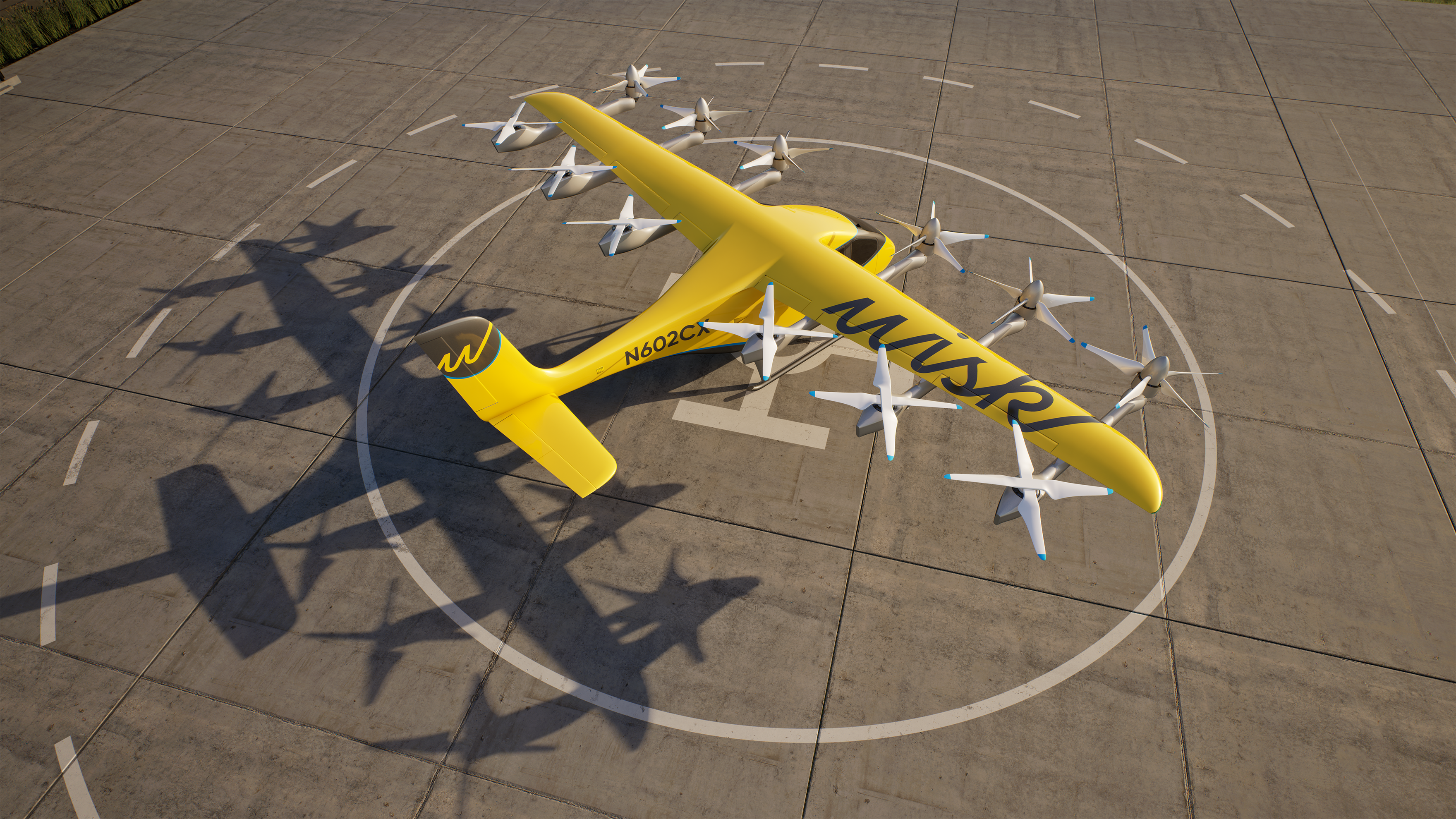
THE DESIGN
Like Joby and Archer, Wisk’s basic design is a fixed-wing eVTOL that uses tilt-rotors on booms attached below the wing. Two motors are on each of those six booms. The forward motors have tiltable five-blade rotors that allow them to transition for more efficient forward flight. These motors are in use throughout the flight – takeoff, landing, hover, forward flight – and any other manoeuvres. The rear motors are used for the VTOL portions of flight but are turned off once Gen6 has transitioned to forward flight.
Gen6, as you perhaps guessed, is the sixth full-size aircraft that Wisk has designed and built. And, like Generations 1, 4 and 5 it’s fully autonomous. That feature eliminates the possibility of pilot error.
“It’s obviously a differentiator,” says Tighe. “But we really believe that autonomy will enable safety. These are challenging operations. Short distance flights, you’re doing a lot of takeoffs and landings and you’re doing it in congested airspace.”
Building a completely autonomous aircraft is difficult. But it’s especially challenging – and rewarding – when you have to invent required components.
“When we first started, most of these systems did not exist – so we had to build them ourselves,” CTO Tighe told the Canadian delegation. That included motors, highly optimised batteries, flight control systems and much more. The company now holds 300+ patents globally and has carried out more than 1750 test flights with full-scale aircraft.
“It’s really important to design systems that meet our challenges for design, safety, weight and performance requirements,” he said, adding “It’s a lot easier if you can work on it yourself.”
Tighe, who dresses and speaks casually, comes with an impeccable background. After his first few years working with Boeing as an Aerodynamics Engineer, he worked as Chief Aerodynamicist for 14 years at Scaled Composites. That was the Burt Rutan company known for an incredible number of innovative aircraft and world aerospace records.
But Scaled’s jewel in the crown came right in the midst of Tighe’s tenure. The company designed and built SpaceShipOne and mothership White Knight. SpaceShipOne was a crewed, reusable suborbital rocket-powered aircraft that was carried to 50,000′ AGL while affixed beneath White Knight. When it was released, SpaceShipOne ignited its rocket engine, which took the small aircraft to the edge of space (100km). By accomplishing this feat twice within two weeks, Scaled Composites won the $10M Ansari X Prize. The technology, which includes a feathered system where the wing of the spacecraft rotates for optimal atmospheric entry, is core to the Virgin Galactic space tourism program. Tighe left Scaled Composites in 2014, moving directly to Wisk – a job he describes as “really fun if you’re an engineer.”
Below: The Gen6, which is capable of carrying four passengers of all shapes and sizes, including passengers with mobility issues
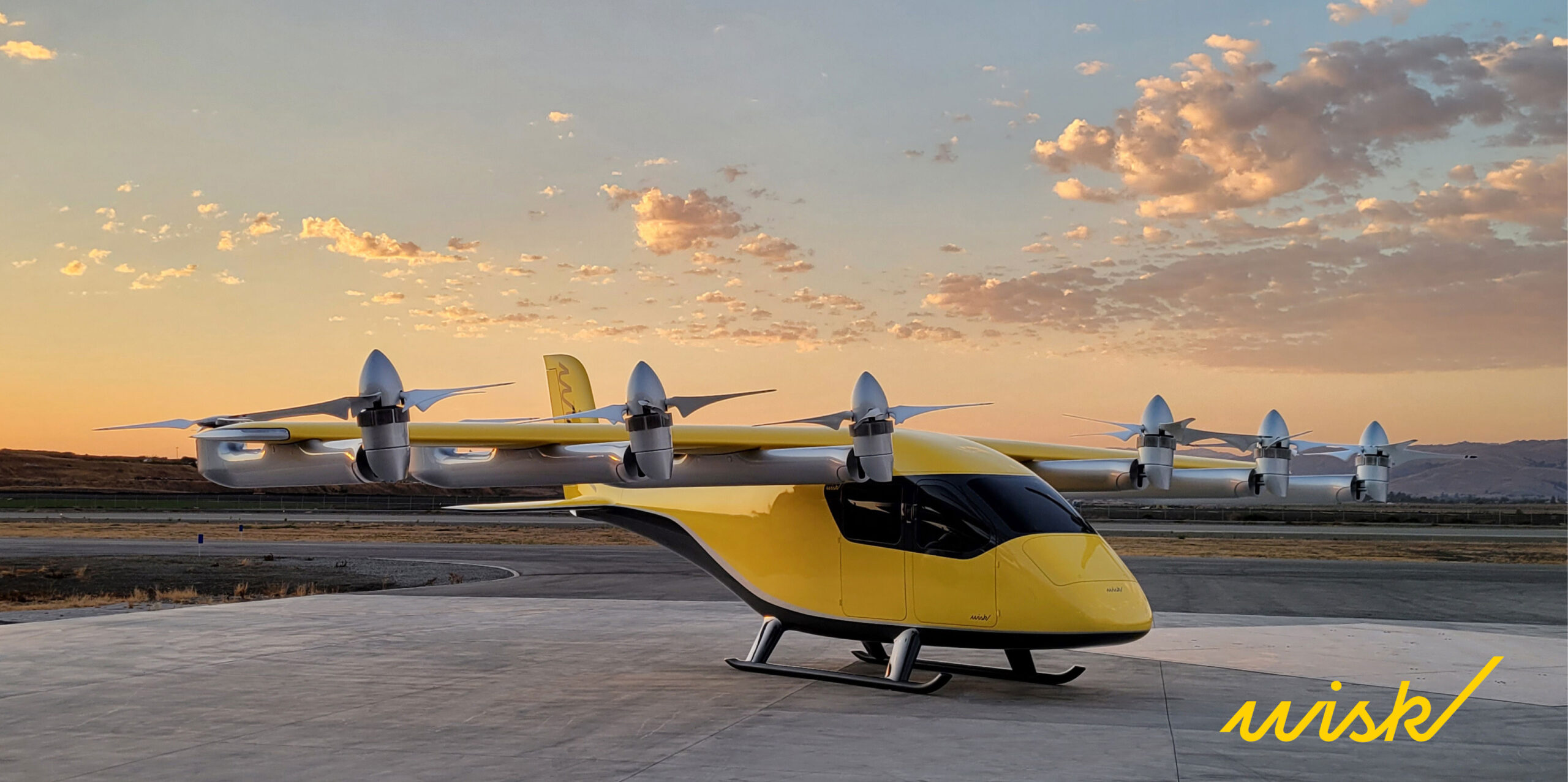
AUTONOMY
Autonomy isn’t just about the technology (though we’ll get to that). It’s also part of a strategic business model in a market sector that will undoubtedly be competitive. Both Joby and Archer will initially have piloted models, meaning one of the four seats will be taken by the pilot. That not only costs more (to pay for the pilot), but also means losing revenue for one passenger on every single flight.
But will passengers embrace flying without a human at the controls? Wisk believes so, and says it puts great emphasis on safety. And here, it has some help: Wisk became a fully-owned subsidiary of Boeing in 2023 (though it operates separately). Some 150 Boeing employees are directly involved with the Wisk operation. That relationship, says the Wisk website, “allows us to tap into Boeing’s development, testing and certification expertise, and more.”
And on the autonomy front? In addition to its own inventions, Gen6 relies heavily on tried and true systems like autopilot. It’s self-flying approach includes, according to its website:
- “Leveraging the same proven technology that accounts for more than 93% of automated pilot functions on today’s commercial flights (autopilots, precision navigation, flight management systems, etc.)
- “New, innovative technology such as improved detect and avoid capabilities, sensors, and more
- “Wisk’s logic-driven, procedural-based, decision-making software which provides reliable, deterministic outcomes.”
What’s more, Wisk already has a highly integrated system that allows human flight supervisors to track missions from the ground and monitor aircraft systems. Those flight supervisors will have the ability to intervene remotely, should that ever be required. It’s anticipated that, initially, one supervisor will be responsible for monitoring three missions simultaneously. Wisk offered a simulated demonstration of this system – which already looks pretty mature.
The location the delegation visited was in Mountain View, CA. This Bay Area campus is responsible for engineering, composite assembly, airframe assembly, motors, its battery lab, autonomy lab and is home to the corporate team. In addition, Wisk has additional locations in the US, Canada (Montréal), Poland, Australia and New Zealand. Its flight tests and R&D are carried out in Hollister, CA. The company currently has about 800 employees (including 50 in Montréal).
SUSTAINABLE AND ACCESSIBLE
One of the many impressive things about Wisk was its emphasis on design. Engineers have worked hard to reduce the number of moving parts in the aircraft – points of failure – to the point where there no single mechanical or software problem could take the aircraft out of the sky. But equally impressive was its commitment to design.
Beyond ensuring everything is comfortable, ergonomic and safe for passengers – a great deal of work has gone into ensuring any Wisk aircraft will be accessible for people of all shapes and sizes and even with disabilities. Wisk has an ongoing program where civilians with physical or sensory limitations are brought into the lab to try out the latest iteration of the cabin and offer feedback for improvement. For example, there’s Braille in the cabin and on the flight safety cards. And, when it was discovered that a guide dog was fearful of the metal steps for climbing up and into the cabin – they redesigned them to be easier on the paws. The guide dog happily climbed aboard the redesigned steps on a subsequent visit.
In conjunction with making the service affordable, this philosophy is something Wisk emphasised during the visit.
“The big vision of this is to have this accessible for everyone,” said CMO Becky Tanner. “Making sure this feels comfortable and enjoyable and safe for all kinds of people – people with disabilities, people with different heights, shapes and sizes.”
Below: InDro’s Scott Simmie (front right) inside Gen6. InDro’s Dr. Eric Saczuk, who was attending on behalf of BCIT’s RPAS Hub (which he directs) is in the seat behind him. Dr. Saczuk is also InDro’s Chief of Flight Operations
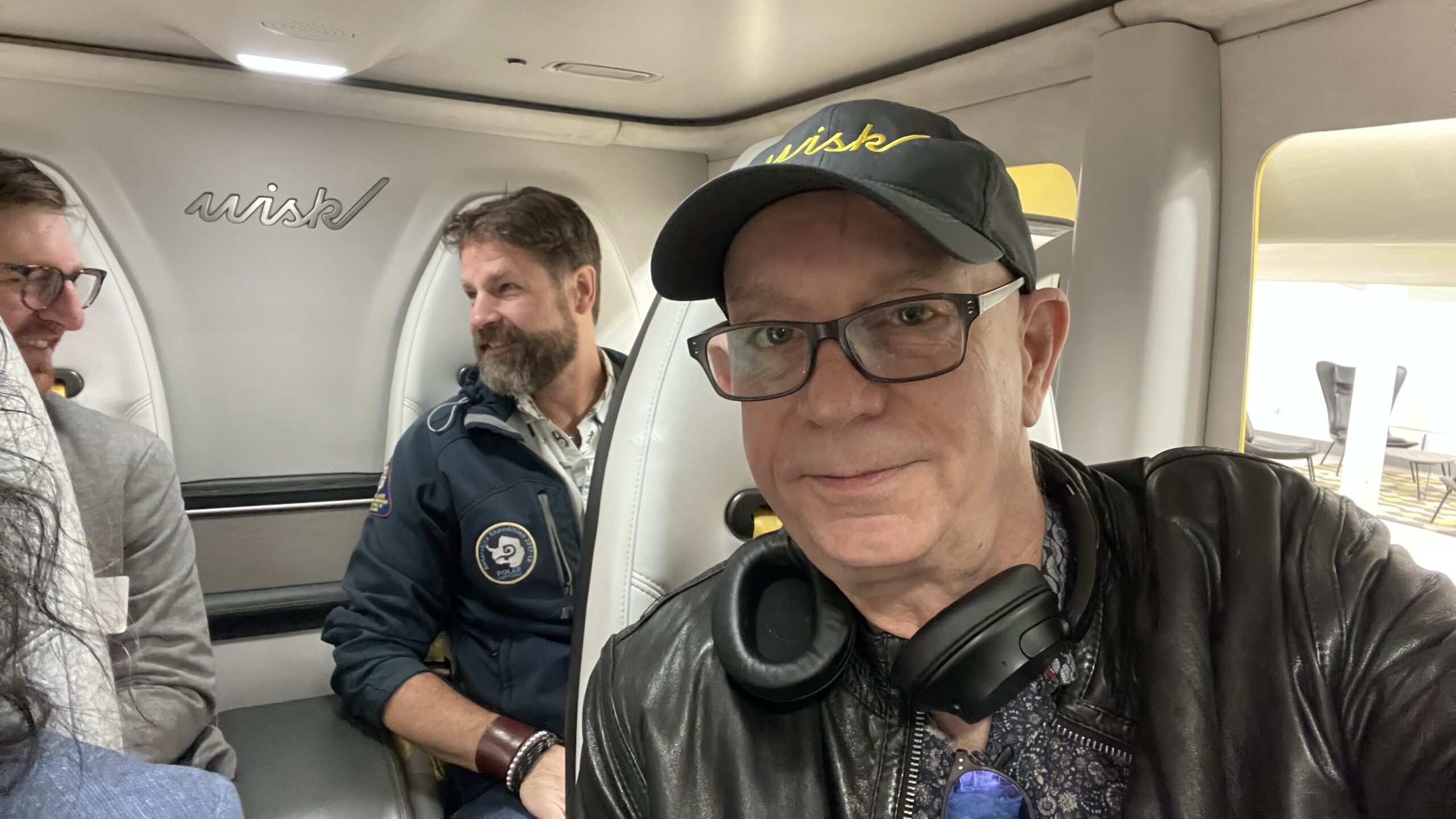
INDRO’S TAKE
Before we get into our view of this world, it’s also worth mentioning that the delegation had the privilege of touring the NASA Ames Research Center. We saw, among other things, a high-end simulator purpose-built for testing eVTOL flight in congested urban airspace – as well as top-level research into developing predictive models for turbulence at the coming vertiports – where these vehicles will takeoff and land.
“The worlds of Advanced Air Mobility and Urban Air Mobility are definitely coming. This is truly going to be an inflection point in aviation, and we foresee many positive use-case scenarios beyond air taxis that these technologies will enable,” says InDro Robotics Founder and CEO Philip Reece.
“It was highly instructive to get a front-row seat with these industry leaders, and we thank CAAM for its foresight in planning and executing this important trip. InDro will have some announcements of its own for the AAM space – both for service provision and more – down the road.”
We look forward to these companies gaining their final FAA Certifications – and seeing these aircraft carry passengers and eventually cargo.



